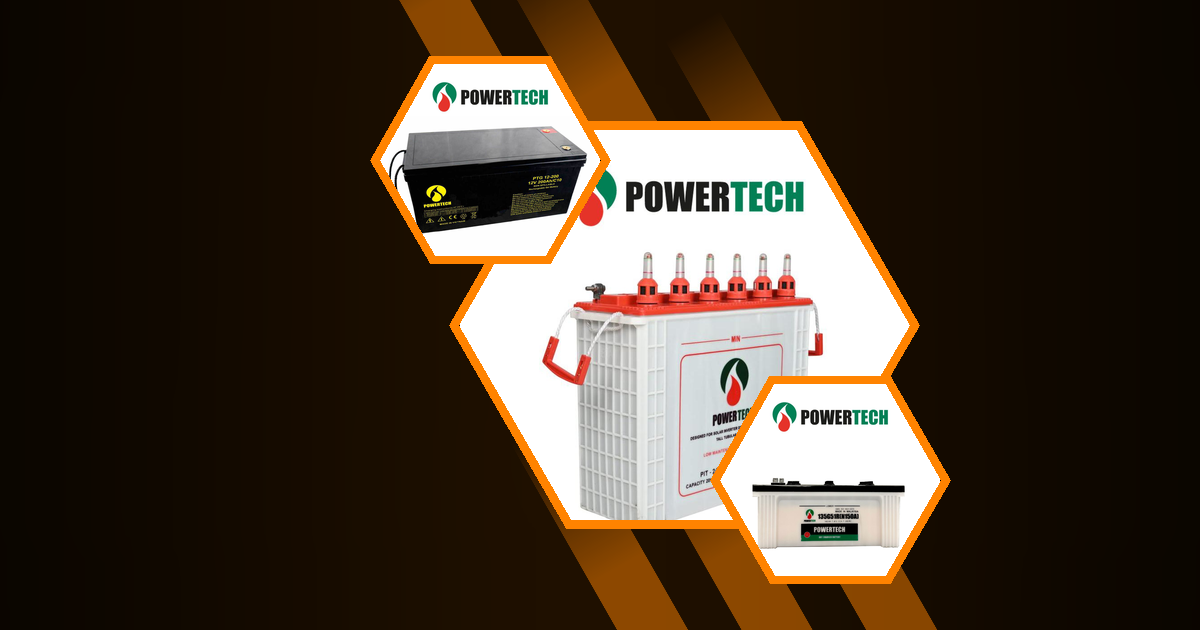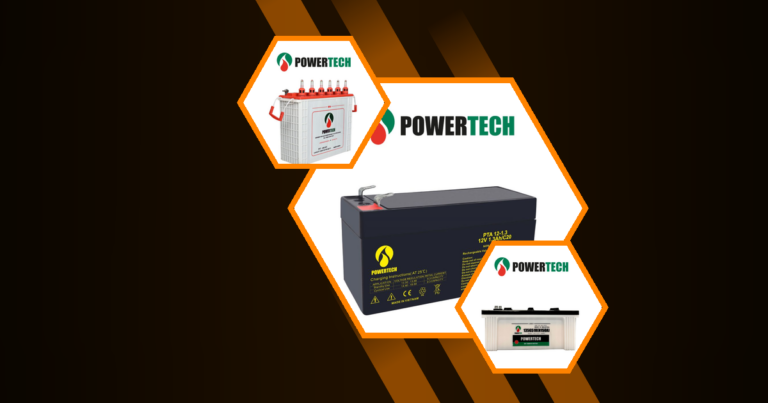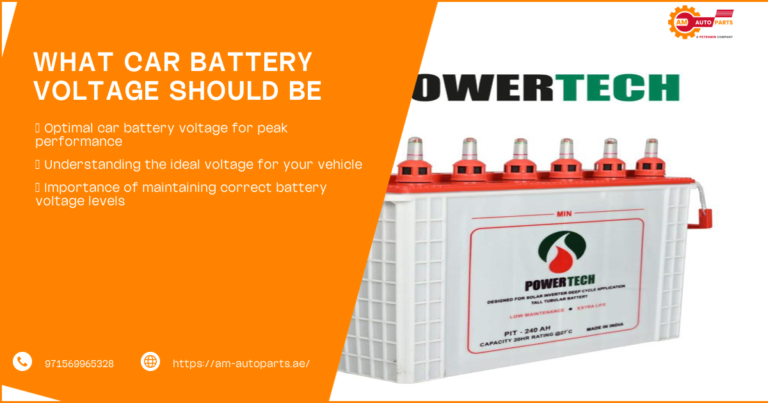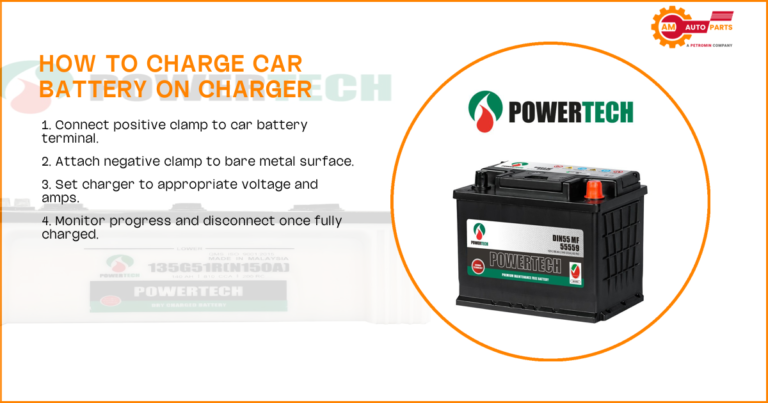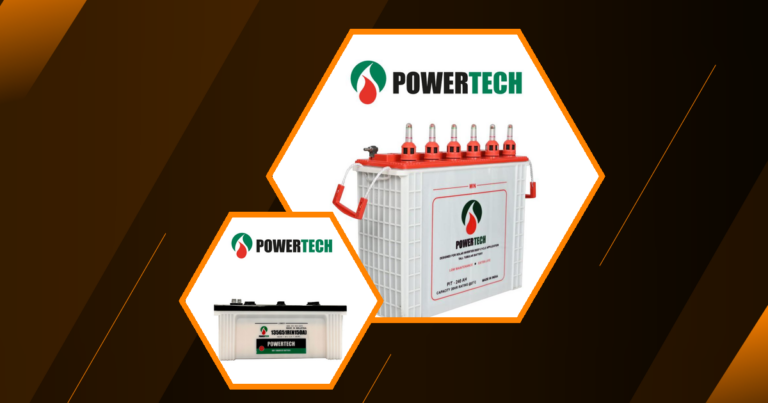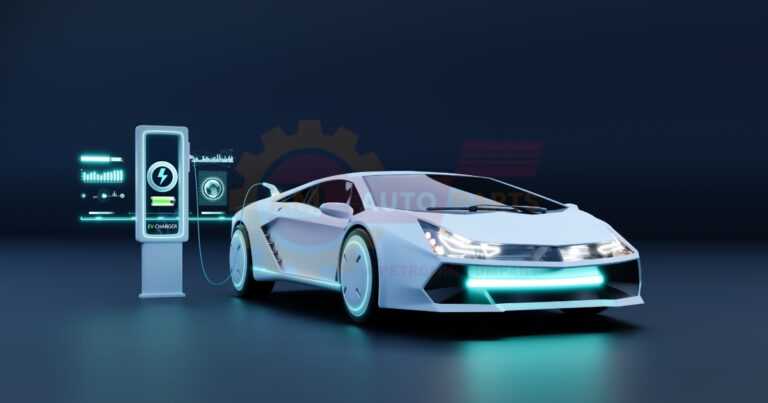What Is Lithium-Ion Battery Technology?
How Lithium-Ion Batteries Work
Lithium-ion batteries have become a cornerstone of modern technology, powering everything from smartphones to electric vehicles. These batteries operate by moving lithium ions from the negative electrode to the positive electrode during discharge and back when charging. This movement of ions generates electrical energy, which is then used to power devices. The efficiency and reliability of this process make lithium-ion batteries a preferred choice for many applications.
Key Components of Li-ion Batteries
The primary components of a lithium-ion battery include the anode, cathode, electrolyte, and separator. The anode is typically made of graphite, while the cathode is composed of a lithium metal oxide. The electrolyte, a lithium salt in a solvent, facilitates the movement of ions, and the separator prevents short circuits by keeping the anode and cathode apart. These components work together to ensure the battery’s functionality and safety.
- Anode : Usually made of graphite.
- Cathode : Composed of lithium metal oxide.
- Electrolyte : Lithium salt in a solvent.
- Separator : Prevents short circuits.
Energy Density of Lithium-Ion Batteries
Comparing Li-ion to Other Battery Types
Lithium-ion batteries are renowned for their high energy density, which means they can store a large amount of energy in a small space. This is a significant advantage over other battery types like lead-acid and nickel-metal hydride (NiMH) batteries. For instance, lithium-ion batteries can have an energy density of 150-200 Wh/kg, whereas lead-acid batteries typically offer only 30-50 Wh/kg. This makes lithium-ion batteries ideal for applications where space and weight are critical factors.
Factors Affecting Energy Density
Several factors influence the energy density of lithium-ion batteries, including the materials used for the electrodes and the design of the battery itself. Advances in materials science have led to the development of new electrode materials that can significantly increase energy density. Additionally, optimizing the battery’s design to reduce internal resistance can also enhance its energy storage capacity.
- Electrode Materials : New materials can increase energy density.
- Battery Design : Optimizing design reduces internal resistance.
Advantages of Lithium-Ion Batteries
High Energy Density and Power Output
One of the most significant advantages of lithium-ion batteries is their high energy density, which allows them to store more energy than other types of batteries. This high energy density translates to a higher power output, making them suitable for high-performance applications like electric vehicles and power tools. The ability to deliver a large amount of power quickly is a key reason why lithium-ion batteries are revolutionizing automotive power.
Long Lifespan and Cycle Life
Lithium-ion batteries are known for their long lifespan and cycle life, which refers to the number of complete charge and discharge cycles a battery can undergo before its capacity significantly diminishes. Typically, a lithium-ion battery can last for 500-1000 cycles, depending on its usage and maintenance. This longevity makes them a cost-effective choice for consumers and industries alike.
Low Self-Discharge Rate
Another advantage of lithium-ion batteries is their low self-discharge rate. Unlike other battery types, lithium-ion batteries retain their charge for extended periods when not in use. This characteristic is particularly beneficial for applications where the battery may not be used frequently, such as emergency backup systems.
- High Energy Density : More energy storage in less space.
- Long Lifespan : 500-1000 cycles.
- Low Self-Discharge : Retains charge over time.
Applications of Li-ion Batteries
Consumer Electronics
Lithium-ion batteries are ubiquitous in consumer electronics, powering devices like smartphones, laptops, and tablets. Their compact size and high energy density make them ideal for portable electronics, providing long-lasting power in a small package. This has enabled the development of increasingly powerful and feature-rich devices.
Electric Vehicles
The automotive industry has embraced lithium-ion batteries for electric vehicles (EVs) due to their high energy density and power output. These batteries provide the necessary range and performance that consumers expect from modern EVs. As a result, lithium-ion technology is at the forefront of the transition to sustainable transportation.
Renewable Energy Storage
Lithium-ion batteries are also crucial for renewable energy storage, helping to balance supply and demand in solar and wind power systems. Their ability to store large amounts of energy efficiently makes them an excellent choice for grid storage solutions, facilitating the integration of renewable energy sources into the power grid.
- Consumer Electronics : Powers smartphones, laptops, tablets.
- Electric Vehicles : High energy density for range and performance.
- Renewable Energy : Balances supply and demand in solar and wind systems.
Performance Metrics of Lithium-Ion Batteries
Round-Trip Efficiency
Round-trip efficiency is a critical performance metric for lithium-ion batteries, indicating the efficiency of the charge and discharge cycle. Lithium-ion batteries typically have a round-trip efficiency of 85-95%, meaning that a significant portion of the energy used to charge the battery is available for use during discharge. This high efficiency is one of the reasons why lithium-ion batteries are preferred for energy storage applications.
Charge and Discharge Rates
The charge and discharge rates of lithium-ion batteries are essential factors that determine their suitability for various applications. These rates are measured in terms of C-rate, which indicates how quickly a battery can be charged or discharged relative to its capacity. Lithium-ion batteries can handle high C-rates, allowing for fast charging and discharging, which is crucial for applications like electric vehicles and power tools.
- Round-Trip Efficiency : 85-95% efficiency.
- Charge/Discharge Rates : High C-rates for fast charging/discharging.
Safety Considerations for Li-ion Batteries
Fire Hazards and Prevention
While lithium-ion batteries offer numerous advantages, they also pose certain safety risks, particularly the potential for fire hazards. These risks can arise from overcharging, physical damage, or manufacturing defects. To mitigate these risks, manufacturers implement safety features such as thermal management systems and protective circuits. Proper handling and usage guidelines are also essential to prevent accidents.
Proper Handling and Storage
Proper handling and storage of lithium-ion batteries are crucial to ensure their safety and longevity. Batteries should be stored in a cool, dry place and kept away from direct sunlight and heat sources. Additionally, it’s important to use chargers and devices that are compatible with the battery to prevent overcharging and overheating.
- Fire Hazards : Risks from overcharging, damage, defects.
- Handling/Storage : Store in cool, dry places; use compatible chargers.
Environmental Impact of Lithium-Ion Batteries
Recycling and Sustainability
The environmental impact of lithium-ion batteries is a growing concern, particularly regarding their disposal and recycling. Recycling programs are essential to recover valuable materials and reduce the environmental footprint of battery production. Companies like AM Autoparts are investing in sustainable practices to ensure that lithium-ion batteries are recycled efficiently and responsibly.
Carbon Footprint Comparison
When compared to other battery types, lithium-ion batteries have a lower carbon footprint due to their higher energy efficiency and longer lifespan. However, the extraction and processing of raw materials like lithium and cobalt can have significant environmental impacts. Efforts to develop more sustainable mining practices and alternative materials are ongoing to address these concerns.
- Recycling : Essential for sustainability.
- Carbon Footprint : Lower than other battery types.
Future Developments in Li-ion Technology
Solid-State Batteries
Solid-state batteries represent the next frontier in lithium-ion technology, offering the potential for even higher energy densities and improved safety. These batteries use a solid electrolyte instead of a liquid one, reducing the risk of leaks and fires. Research and development in this area are ongoing, with the goal of bringing solid-state batteries to market in the near future.
Improved Electrode Materials
Advancements in electrode materials are also driving the evolution of lithium-ion batteries. New materials, such as silicon anodes and lithium-sulfur cathodes, promise to increase energy density and reduce costs. These innovations could lead to more efficient and affordable batteries for a wide range of applications.
- Solid-State Batteries : Higher energy density, improved safety.
- Electrode Materials : Silicon anodes, lithium-sulfur cathodes.
Lithium-Ion vs. Other Battery Chemistries
Li-ion vs. Lead-Acid Batteries
Lithium-ion batteries offer several advantages over lead-acid batteries, including higher energy density, longer lifespan, and lower maintenance requirements. While lead-acid batteries are cheaper upfront, their lower efficiency and shorter lifespan make lithium-ion batteries a more cost-effective choice in the long run.
Li-ion vs. Nickel-Metal Hydride (NiMH) Batteries
Compared to NiMH batteries, lithium-ion batteries provide higher energy density and lower self-discharge rates. This makes them more suitable for applications requiring long-lasting power and minimal maintenance. NiMH batteries, however, are often used in hybrid vehicles due to their robustness and lower cost. Automotive battery comparison helps drivers choose the best battery for their car It looks at things like power size and how long different car batteries last Choosing ideal chargers means picking the right power adapters for your devices Look for chargers that match your gadget’s voltage and have good safety features
Electric vehicle safety is about making sure electric cars are safe to drive and use These cars have special features to protect people from electrical problems and accidents Battery charging troubles can be frustrating when your device won’t power up Try different chargers or outlets to fix
Automotive energy solutions help cars and trucks use different types of power to run These solutions include electric batteries fuel cells and cleaner fuels for vehicles
- Li-ion vs. Lead-Acid : Higher energy density, longer lifespan.
- Li-ion vs. NiMH : Higher energy density, lower self-discharge.
Maximizing Li-ion Battery Lifespan
Optimal Charging Practices
To maximize the lifespan of lithium-ion batteries, it’s important to follow optimal charging practices. Avoiding full discharges and keeping the battery charged between 20% and 80% can help extend its life. Using the correct charger and avoiding overcharging are also crucial for maintaining battery health.
Temperature Management
Temperature management is another key factor in prolonging the life of lithium-ion batteries. Extreme temperatures can degrade battery performance and reduce lifespan. Keeping batteries within a moderate temperature range and avoiding exposure to heat sources can help maintain their efficiency and longevity.
- Charging Practices : Avoid full discharges, use correct charger.
- Temperature Management : Avoid extreme temperatures.
FAQ’s
What is the energy density of a lithium-ion battery?
The energy density of a lithium-ion battery typically ranges from 150 to 200 Wh/kg. This high energy density allows lithium-ion batteries to store more energy in a smaller space compared to other battery types, making them ideal for portable and high-performance applications.
How long do lithium-ion batteries last?
Lithium-ion batteries generally last between 500 to 1000 charge cycles. The lifespan of a lithium-ion battery depends on various factors, including usage patterns, charging practices, and environmental conditions. Proper maintenance can extend the battery’s life.
Are lithium-ion batteries safe?
Lithium-ion batteries are generally safe when used and handled correctly. However, they can pose safety risks such as fire hazards if overcharged or damaged. Manufacturers incorporate safety features to mitigate these risks, and following proper usage guidelines is essential for safety.
